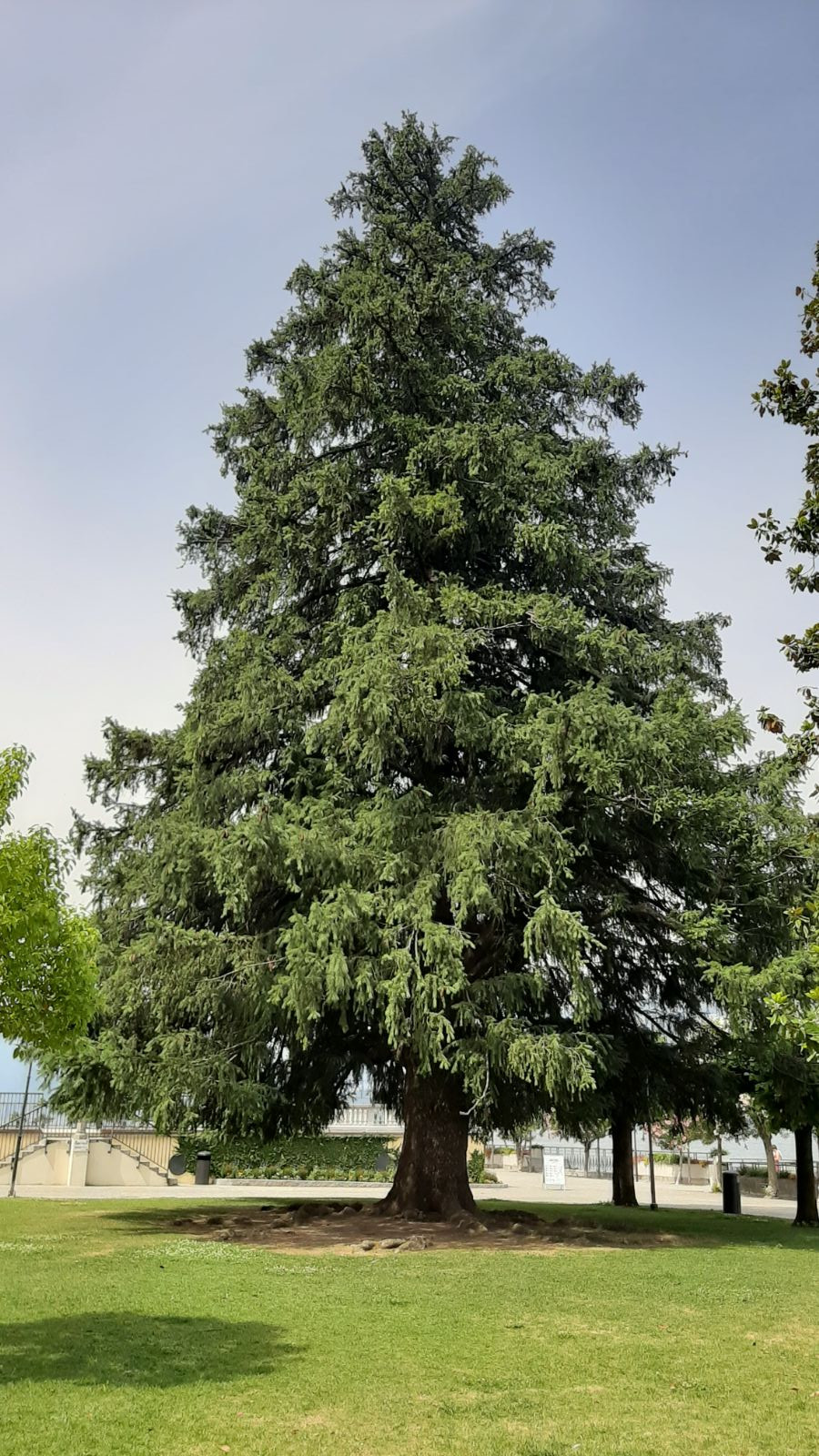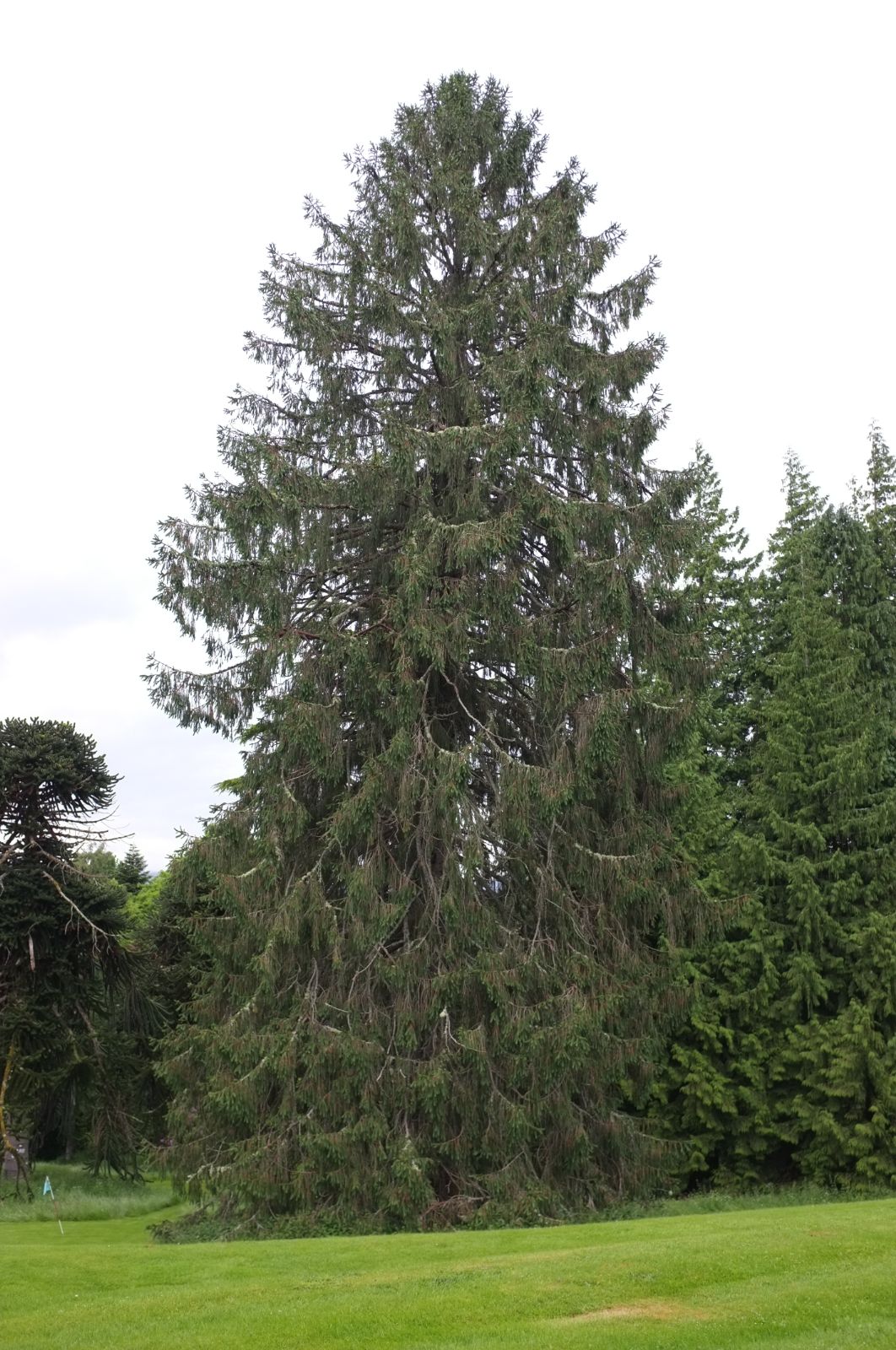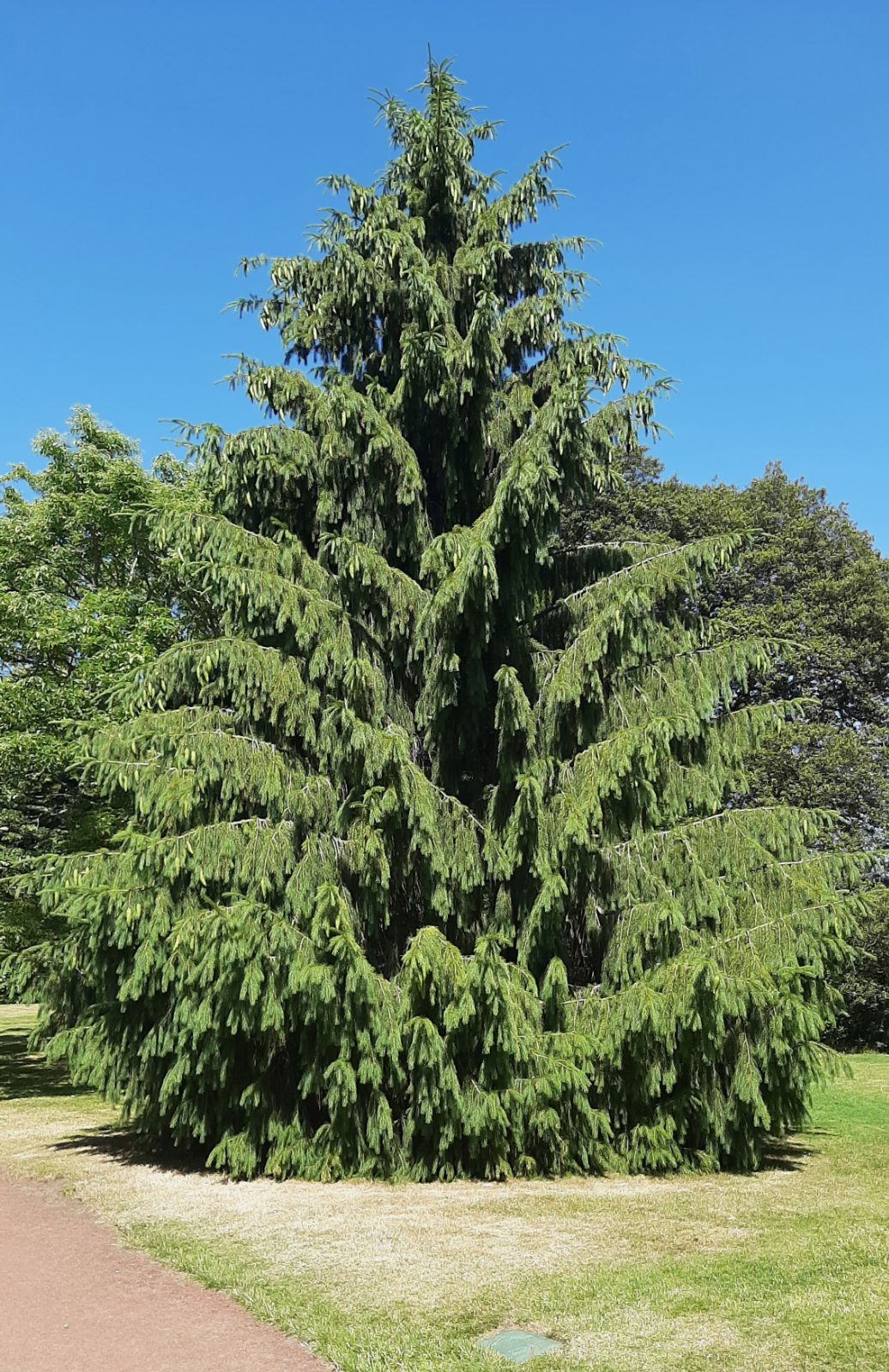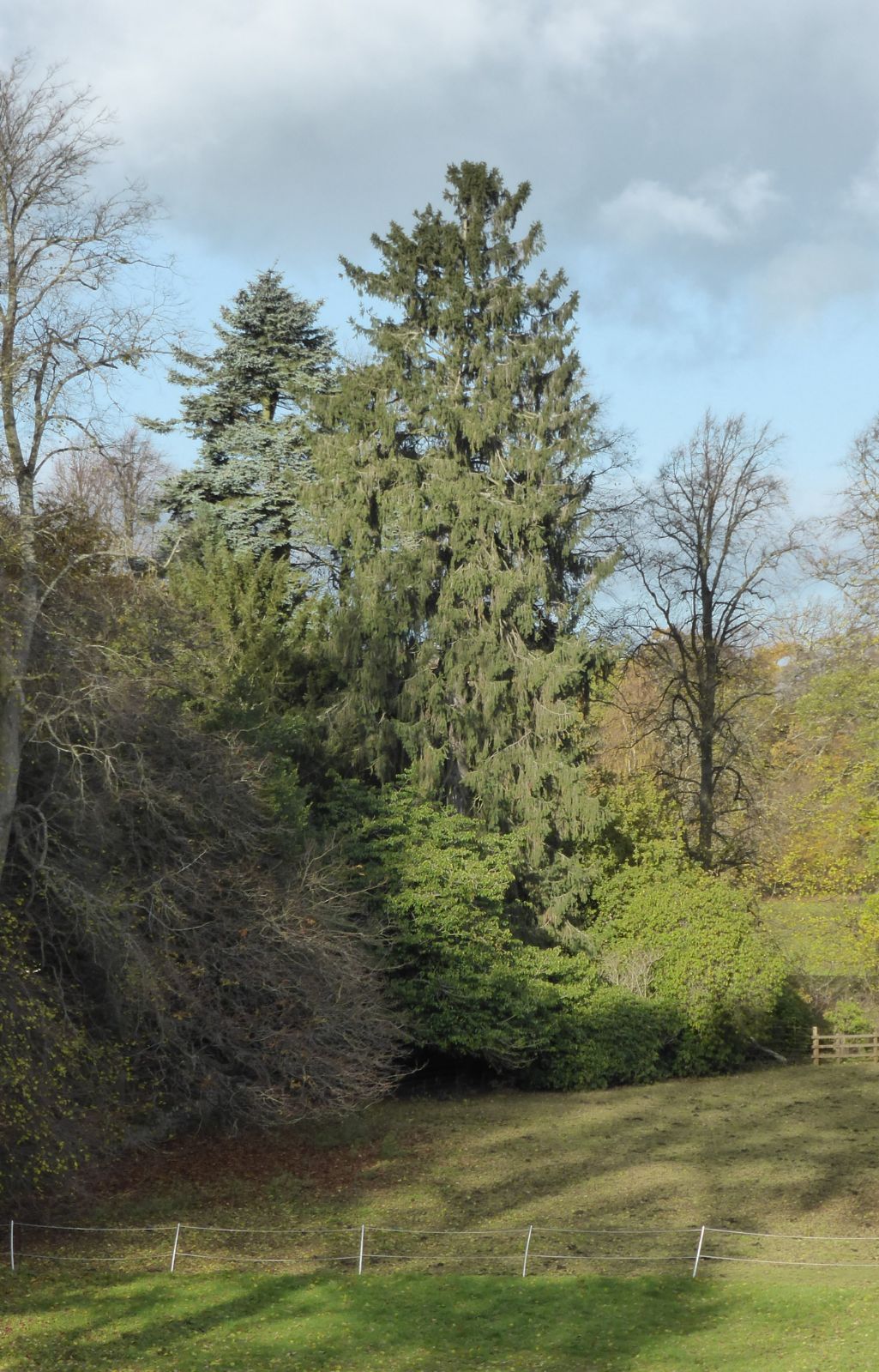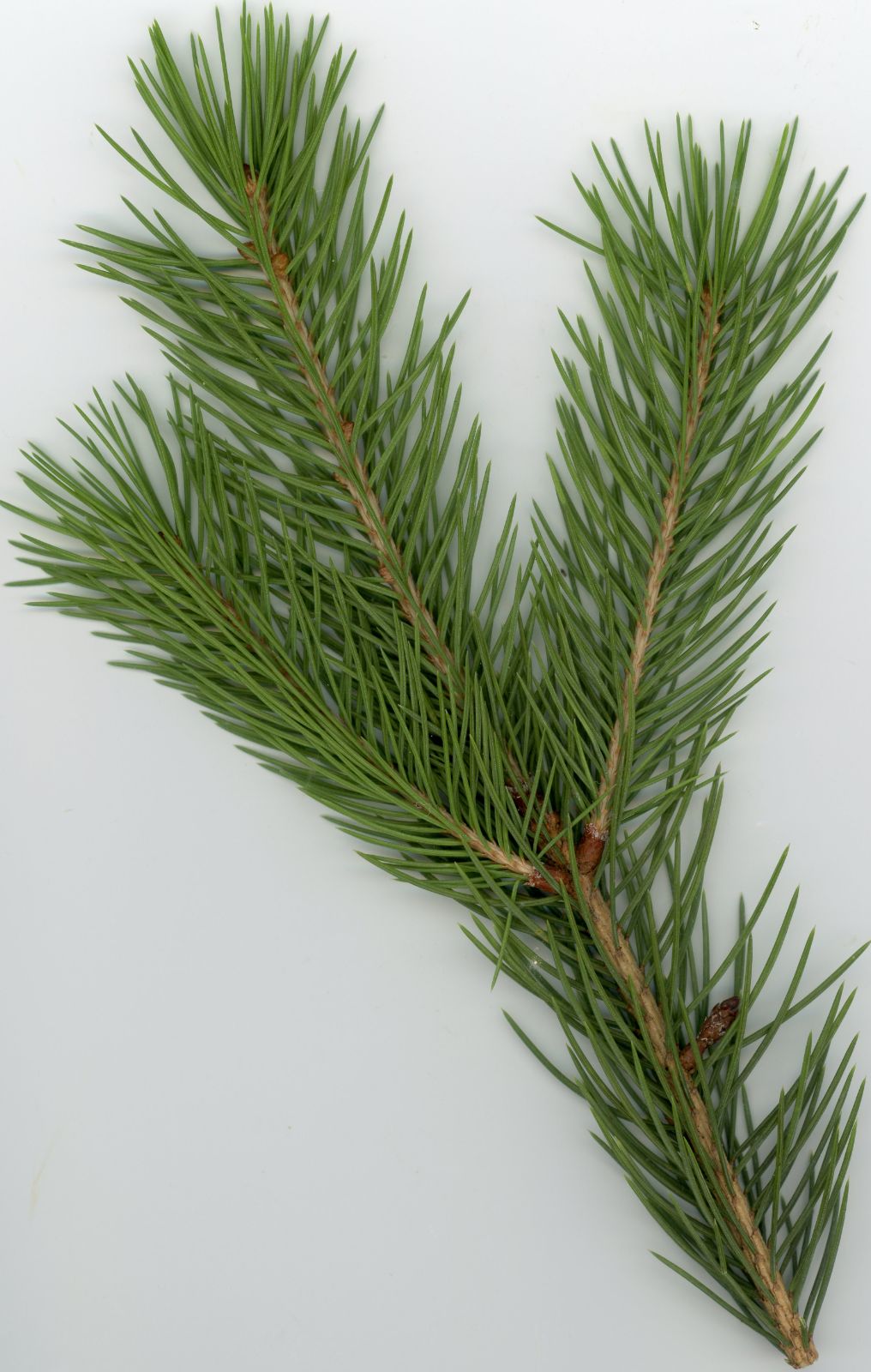Picea smithiana
Sponsor
Kindly sponsored by
This genus has been sponsored and new text is being prepared.
Credits
Article from Bean's Trees and Shrubs Hardy in the British Isles
Recommended citation
'Picea smithiana' from the website Trees and Shrubs Online (treesandshrubsonline.
Genus
Synonyms
- Pinus smithiana Wall.
- Picea morinda Link
- Abies khutrow Loud.
Other taxa in genus
- Picea abies
- Picea alcoquiana
- Picea asperata
- Picea brachytyla
- Picea breweriana
- Picea chihuahuana
- Picea crassifolia
- Picea engelmannii
- Picea farreri
- Picea glauca
- Picea glehnii
- Picea jezoensis
- Picea koraiensis
- Picea koyamae
- Picea likiangensis
- Picea linzhiensis
- Picea × lutzii
- Picea mariana
- Picea martinezii
- Picea maximowiczii
- Picea meyeri
- Picea morrisonicola
- Picea obovata
- Picea omorika
- Picea orientalis
- Picea polita
- Picea pungens
- Picea retroflexa
- Picea rubens
- Picea schrenkiana
- Picea sitchensis
- Picea spinulosa
- Picea wilsonii
A tree 100 to 120, sometimes 200 ft high, with horizontal branches, but perfectly pendulous branchlets; young shoots stiff, pale grey, shining, not downy; buds conical, often resinous, up to 1⁄2 in. long. Leaves arranged all round the twigs (rather more thinly beneath), standing out at an angle of about 60°; they are quadrangular, rigid, needle-like, with prickly points, 11⁄2 in. long, often slightly curved, green with a few stomatic lines on each of the four faces. Cones cylindrical, tapered towards the apex, 4 to 7 in. long, 11⁄2 to 2 in. wide, brown when mature; scales broadly rounded and entire at the margin.
Native of the W. Himalaya; introduced to Scotland in 1818 by Dr Govan of Cupar, who received cones from his son in India, which he gave to the Earl of Hopetoun; it is named after Sir James Smith, first President of the Linnean Society. It is distinct from the other spruces in the great length of leaf, and is also one of the most striking from the weeping character of its branchlets, which, perhaps, give it a somewhat funereal aspect. It is subject to injury by spring frost especially in the young state, and will thrive best in a situation shaded from early morning sun. It likes a moist, loamy soil.
An original tree still grows at Hopetoun in West Lothian, Scotland; it measures 90 × 101⁄2 ft (1971), and there are several others in Scotland, slightly younger and of about the same size. A fine example at Taymouth Castle, Perths., measures 112 × 131⁄4 ft (1974). Some of the largest in southern Britain are: Cuffnels, Lyndhurst, Hants, 118 × 101⁄4 ft and 113 × 11 ft (1970); Melbury, Dorset, 108 × 121⁄4 and 111 × 111⁄4 ft (1970); Bicton, Devon, 107 × 101⁄4 ft (1968); Redleaf, Kent, 99 × 101⁄4 ft (1963); West Dean, Sussex, 105 × 9 ft (1973); Bowood, Wilts, 105 × 111⁄4 ft and 106 × 101⁄2 ft (1968); Boconnoc, Cornwall, 100 × 12 ft (1970); Nettlecombe, Somerset, 100 × 9 ft (1971); Bolderwood, New Forest, 111 × 81⁄2 ft (1970).
From the Supplement (Vol. V)
specimens: West Dean, Sussex, 105 × 83⁄4 ft (1980); Cuffnells, Lyndhurst, Hants, 124 × 111⁄2 ft and 124 × 101⁄2 ft (1980); Bolderwood, Lyndhurst, Hants, pl. 1860, 111 × 81⁄2 ft (1970); Melbury, Dorset, the tree mentioned has been blown down, but another is 124 × 101⁄2 ft (1980); Bowood, Wilts., three trees, the largest 108 × 12 ft (1984); Eastnor Castle, Heref., 105 × 11 ft (1984); Whitfield House, Heref., 115 × 83⁄4 ft (1984); Nettlecombe, Som., 111 × 10 ft (1984); Boconnoc, Cornwall, this tree has died; Hopetoun Castle, West Lothian, original introduction, 10 × 101⁄2 ft (1984); Keir House, Perths., 105 × 101⁄2 ft (1985); Methven Castle, Perths., 82 × 131⁄4 ft (1985); Taymouth Castle, Perths., 121 × 14 ft (1983); Fairburn Castle, Ross, 85 × 14 ft (1982); Ballywalter, Co. Down, 62 × 113⁄4 ft (1982); Caledon, Co. Tyrone, 118 × 101⁄2 ft (1983).

